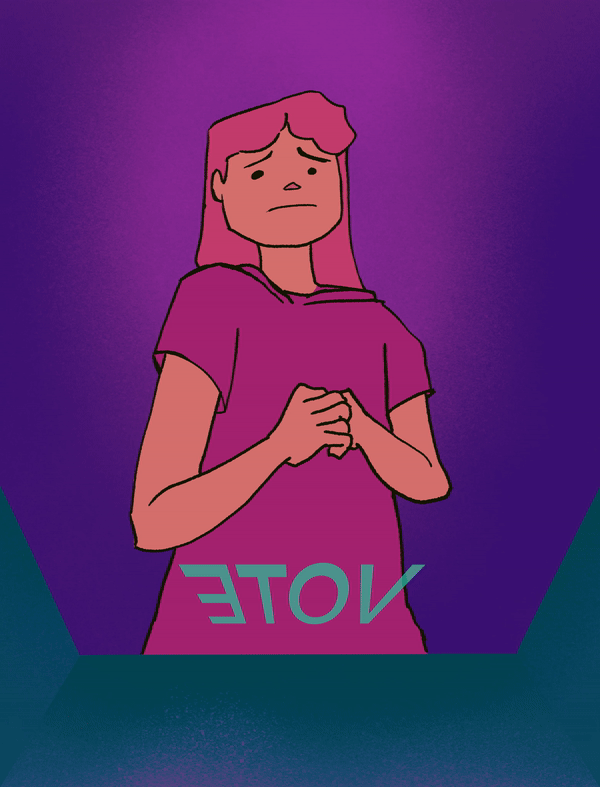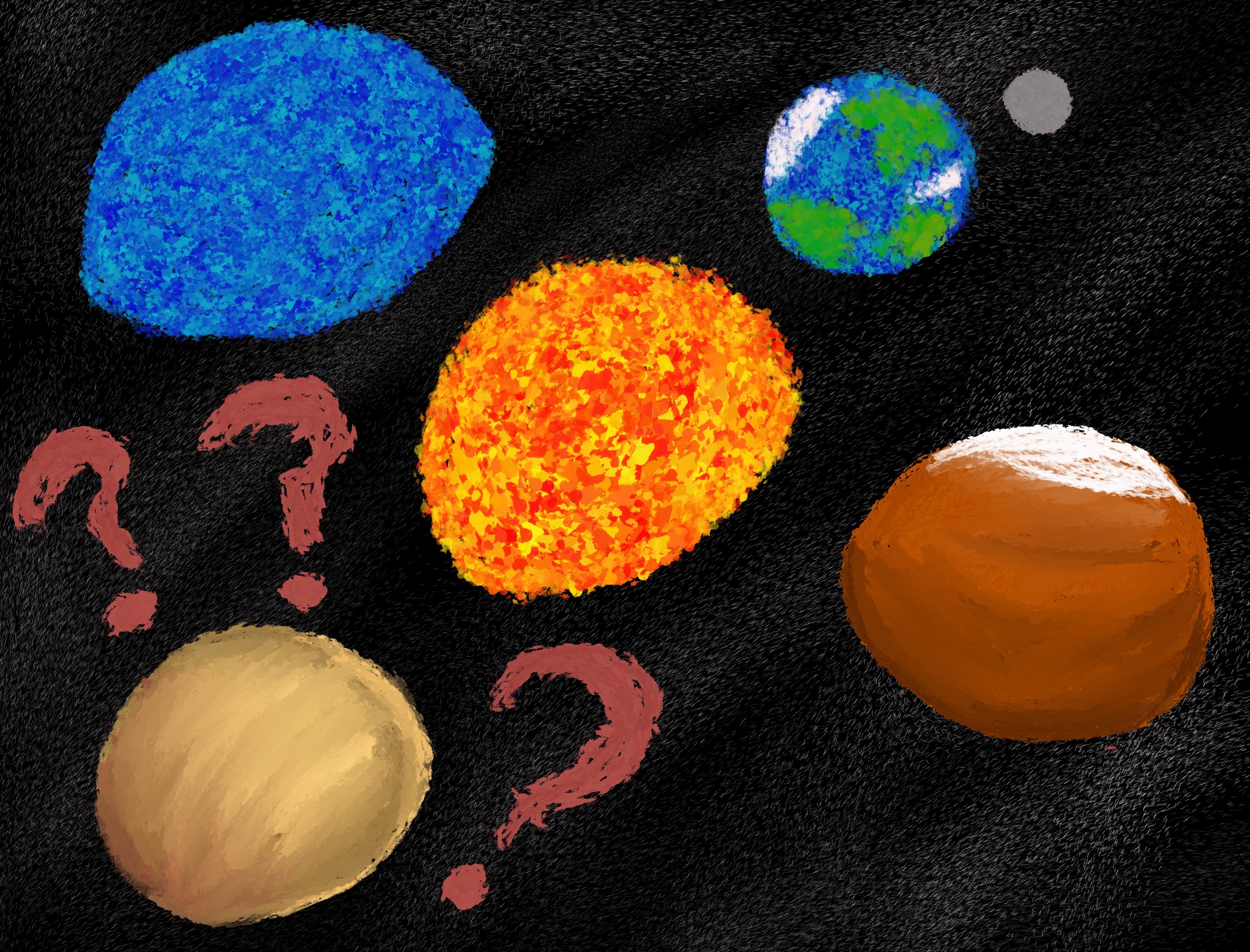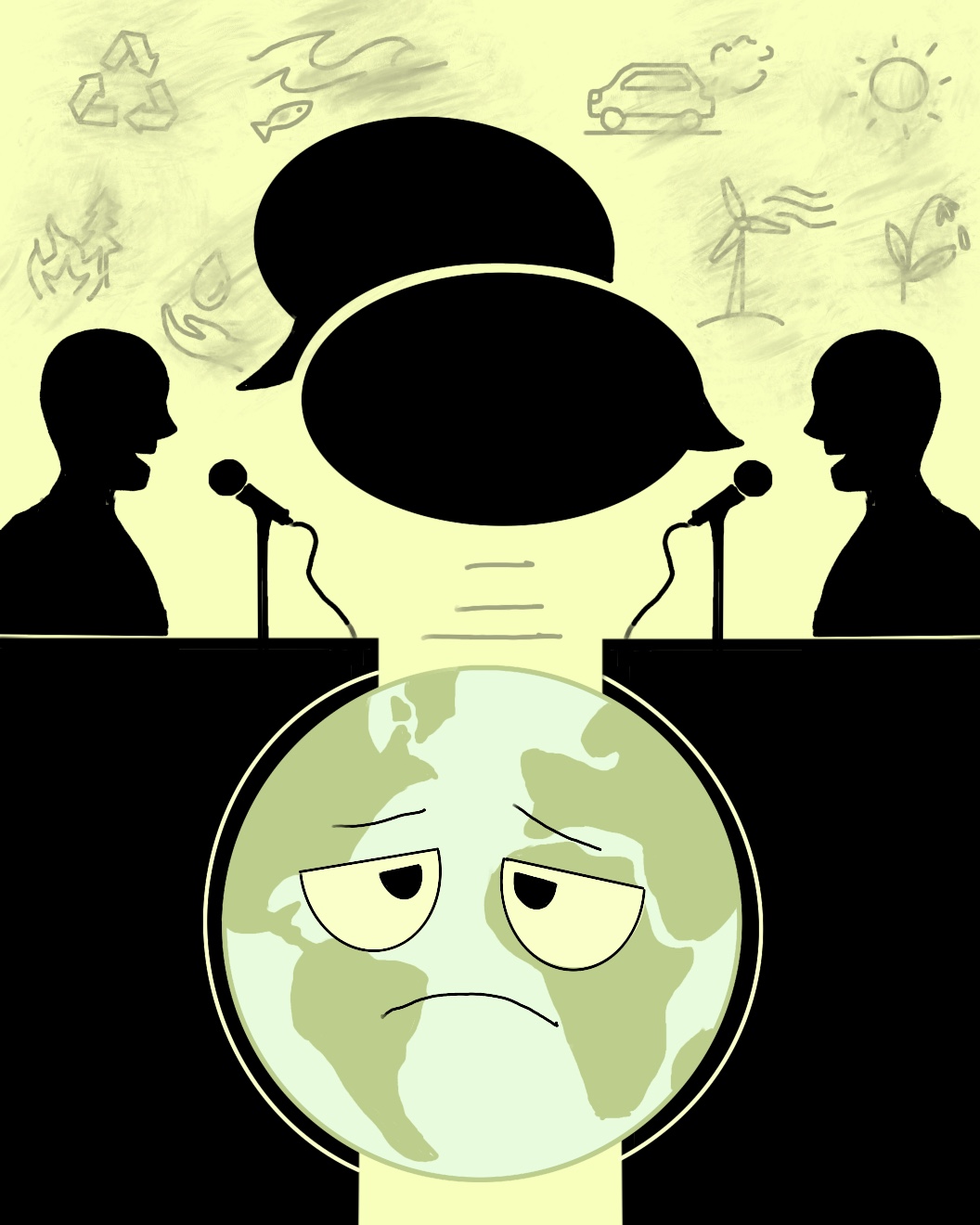Opinion: As citizens, we have a responsibility to contribute to protecting the planet

(By Alston Kao/ Daily Bruin Staff)
By Amelia Zai
Nov. 18, 2024 12:23 a.m.
Around finals week, my friends and I lightheartedly joke that we should touch grass or hug a tree, passively suggesting that we reconnect with nature.
Perhaps these phrases carry more wisdom than we think.
In fact, they may just help us save the world.
In 2015, the United Nations released its 2030 Agenda, which included 17 “Sustainable Development Goals.” From global health to gender equality, the SDGs were created to help bring “peace and prosperity for people and the planet.”
It’s impossible to have peace and prosperity for people, though, without first bringing both to the planet. This is why the SGDs include a plan to alleviate the climate crisis that continues to devastate human lives and the earth’s wellbeing.
The U.N. emphasized the importance of accurate, research-driven solutions to craft the policy that will become the new blueprint of how we protect our beautiful planet.
Research is driven by data, and data is everywhere.
From datum as profound as the number of meteorites in space to datum as trivial as the number of plates I eat at Bruin Plate, data drives innovation.
And we all have the power to contribute to this global cause.
Frederic Schoenberg, a professor of statistics and data science at UCLA and the founder of the Journal of Environmental Statistics, uses statistics to forecast natural disasters such as wildfires and earthquakes.
Simply recording data in your day-to-day activities can be the first step to supporting large environmental research efforts.
“It may seem like a pretty small thing, but that kind of thing is a really important first step to understanding and even solving problems,” said Schoenberg. “So I think the more creative ways that are attempted to measure and record data, it shouldn’t be underestimated how much those actually contribute to solving problems.”
Citizen science – the process of citizens collecting data – is, as the name suggests, fueled by the average Joe. Through this participation, we can all exercise the shared responsibility we have to save the planet.
In fact, citizen science is used by UCLA environmental researchers to advance their work and bolster conservation efforts.
Our everyday observations carry significant scientific value.
Ryan Harrigan, an associate adjunct professor in the UCLA Institute of the Environment and Sustainability, works at the Center for Tropical Research. There, Harrigan uses environmental variables to predict wildlife locations.
Harrigan and Thomas Gillespie, a professor of geography at UCLA and co-chair of the Environmental Science and Engineering Program, rely on and participate in citizen science platforms to drive their research.
“The idea that you can go on to a public database and retrieve data collected by another group or collected by an observer out in the field – a resident or a citizen in an area – the fact that you can do that almost immediately is amazing, and I love the transparency of the data,” Harrigan said. “You don’t have to wonder.”
While citizen science fuels environmental research all around the world, there are limitations to data sharing that researchers and citizen scientists must be mindful of. For example, the locations of endangered species cannot be shared to prevent malicious use.
“For certain endangered species, they do fuzz the locations, but for all the rest of the iNaturalist locations – if it’s not endangered – they show the exact X and Y of where the thing is,” Gillespie said.
We, as citizen scientists, hold the same responsibility to safely share sensitive data.
This problem is not that imposing as an undertaking, though, as scientists and citizen-science-based platforms have found numerous ways to uphold that duty.
Researchers like Harrigan and Gillespie often deploy unique data techniques to adjust data points while still maintaining accuracy.
One option is to completely remove the data points of, for instance, the location of an endangered species. Another is to adjust the data by some margin.
For example, Gillespie, who studies endangered plants and birds, works with geographic coordinates. Instead of releasing the raw location, he shifts the location by arbitrary longitude and latitude values. This approach allows researchers to release meaningful data while safeguarding the locations of endangered species.
The Endangered Species Act of 1973 was enacted to protect wildlife threatened by extinction and set a rigid framework for researchers.
Releasing data comes with economic, security and ethical concerns. One way to mitigate these risks is slightly altering the data released on vulnerable wildlife.
Thanks in part to the ESA, impressive technologies like ArcGIS dashboards and data layers have been used to foster an interactive space for researchers like Harrigan, Gillespie and other environmental enthusiasts.
Similarly, citizen scientists also have guidelines for sensitive data release, which have allowed them to safely share the information they collect.
On eBird, a citizen-science-based data repository that many researchers including Harrigan use, endangered species data is released with restrictions. For example, information is only shown at a general grid level, and specific locations are omitted.
eBird also has other best practices when collecting and sharing sensitive data.
Regardless of the extent of one’s love for the wilderness, environmental research is imperative to the survival of our planet – and we play a major role.
The individuals who contribute to the citizen science datasets that inform research are no different from you and me.
For example, on eBird, collecting and releasing data is as simple as recording where you observe birds on your weekend hike. Even in areas where there is no cell service, eBird saves your information offline and will allow you to upload data later when back online.
Nonetheless, it’s important to recognize that this responsibility comes with understanding the tradeoff between data transparency and the safety of subjects.
We can learn more about how to release safe data by learning from researchers. For instance, one of Gillespie’s graduate students built Biodiversity Atlas of Los Angeles, which uses safe data release practices to allow users to visualize and interact with LA’s environment from the comfort of their own homes.
A simple exploration into the realm of environmental research helps us realize that it is easy to cultivate a newfound appreciation for both the world we live in and the work that researchers do to try and save it.
To steal from the Marvel Universe, Uncle Ben once said, “With great power comes great responsibility.”
In the world of research, with great data comes great responsibility.
As students, we can leverage our power and responsibility to help save and protect the beautiful planet we call home.




